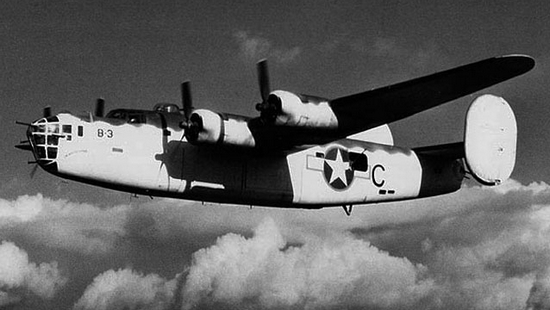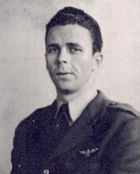Jack Siens
| Date and Place of Birth: | 1918 Huntington, WV |
| Date and Place of Death: | September 10, 1943 off coast of St. Eval, England |
| Baseball Experience: | Minor League |
| Position: | Outfield |
| Rank: | Lieutenant Junior Grade |
| Military Unit: | VB-105 US Navy |
| Area Served: | European Theater of Operations |
Jack C. Siens, the son of Mr. and Mrs. Larren Turner Siens, was a hard-hitting outfielder for the Marshall College
(now Marshall University) varsity team in Huntington, West Virginia, in
the late 1930s. After graduating with a Bachelor of Arts degree in June
1939, he signed with his hometown Huntington Aces of the Class D
Mountain State League, and batted a superb .315 with 15 home runs and 91
RBIs in 127 games. There were two significant highlights for Siens
during the summer of 1939. June 27 was declared "Jack Siens Night" at
the Aces' Long Civic Field, and with 1,200 fans in attendance, he
contributed three hits to the 4-1 win over the Williamson Red Birds. On
July 9, Siens traveled to Cooperstown, New York, as part of a contingent
of minor league players representing 41 leagues of the National
Association of Professional Baseball for the 100th anniversary of the
birth of the national pastime. Split into two teams, the players put on
a game at Doubleday Field as the Cartwrights and the Doubledays. Siens
was with the Doubledays squad who won, 9-6.
Siens was sold to the Louisville Colonels of the Class AA American
Association in September 1939, and assigned to the Madison Blues of the
Class B Three-I League for spring training the following year. After a
handful of appearances at the start of the season, he was sent to the
Owensboro Oilers of the Class D Kitty League, where he played 62 games
and batted .304 with 10 home runs. He spent the second half of the
season back with Huntington and hit .318 over 52 games.
Siens joined the Navy in April 1941, and trained as a bomber pilot. He
was stationed with Bombing Squadron VB-105 at St. Eval in southwest
England, where he flew anti-submarine patrols over the English Channel
and the Bay of Biscay in a
Consolidated PB4Y-1 Liberator. On September 10, 1943 - with Lieutenant
Junior Grade Siens as co-pilot to Lieutenant Junior Grade George W. Brown -
they took-off for a simulated fighter attack. At 4,000 feet over the
Atlantic Ocean, near St. Eval, Siens' Liberator met up with a friendly
fighter to commence the simulated attack runs. Brown began evasive
action as planned but lost control of the plane and crashed into the
sea. All eight crew members were killed. Siens' body was never
recovered. He is memorialized at Cambridge American Cemetery in England,
and the West Virginia Veterans Memorial in Charleston.
|
Team |
League |
Class |
G |
AB |
R |
H |
2B |
3B |
HR |
RBI |
AVG |
|
| 1939 | Huntington | Mountain State | D | 127 | 483 | 109 | 152 | 23 | 7 | 15 | 91 | .315 |
| 1940 | Madison | Three-I | B | - | - | - | - | - | - | - | - | - |
| 1940 | Owensboro | Kitty | D | 62 | 276 | 52 | 84 | 18 | 5 | 10 | 43 | .304 |
| 1940 | Huntington | Mountain State | D | 52 | 195 | 26 | 62 | 10 | 5 | 1 | 34 | .318 |

A Consolidated PB4Y-1 Liberator. The type Lt.(jg) Jack Siens was flying on September 10, 1943
Thanks to James E. Casto and Rebecca Settle of the Local History Room at Cabell County Public Library, Nat DeBruin at Marshall University Libraries, and David Sharland at Dunkeswell Memorial Museum for help with this biography.
Date Added March 4, 2012 Updated July 21, 2016
Baseball's Greatest Sacrifice is associated with Baseball Almanac
Baseball's Greatest Sacrifice is proud to be sponsored by

